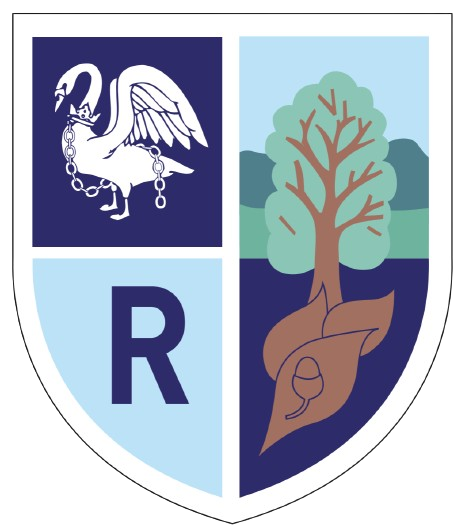Design Technology
Curriculum statement for Design Technology
Intent
 It is our intent for Design Technology at Robertswood to give children the opportunity to develop new skills, knowledge and understanding of designing and making functional products which will excite, inspire and nurture children to think independently, creatively and imaginatively and to design and make products by exploring the designed and made world in which we all live and work.
It is our intent for Design Technology at Robertswood to give children the opportunity to develop new skills, knowledge and understanding of designing and making functional products which will excite, inspire and nurture children to think independently, creatively and imaginatively and to design and make products by exploring the designed and made world in which we all live and work.
We want the children at Robertswood to become confident to plan and explore their own ideas through a range of different creative and practical activities and skills exploring products, materials, equipment and techniques to develop knowledge, understanding, skills and technical expertise. This will enable them to engage in a process of design and making, creating a range of structures, mechanisms, textiles, electrical systems and food products with purpose and enthusiasm and making sure to take into account their products purposes and users.
Children will learn how to take risks, understand the value of making mistakes and develop the confidence to pave their way through challenges, becoming resourceful, innovative and enterprising.
They will learn to review, evaluate and test their ideas and products and the work of others drawing inspiration from engineers, architects, designers and chefs. Through the exploration of past and present design and technology they will develop a critical understanding of its huge impact on daily life and the wider world.
Implementation
Projects on a Page by the Design and Technology Association will provide a structure for planning and progression of DT across the school. Teaching of DT will follow the design, make and evaluate cycle. Topics will be rooted in relevant contexts, real or imaginary that stimulate interest and give opportunities to develop technical skills. An annual subject overview ensures children explore structures/construction, mechanisms, electrical, food technology and textiles. Opportunities to link with Information Technology will be included. Work will be presented in a class workbook. Labelled sections will develop an understanding of the design process that follows through to secondary school and beyond. The progression document will ensure skills are developed year on year.
Design Brief - To present, in context, the problem and what product they need to research, design and make.
Success Criteria - Look at the brief/existing designs, how will you know you’ve achieved it?
Research - includes:
- Investigating - finding examples to look at - internet/ books/classroom/home.
- Disassembly - taking an example apart - What parts does it have? How do they work? What are they made from?
- Skills focus - what skills do the children need to be able to carry out - fixing techniques, food preparation techniques, techniques to make moving mechanisms, techniques to use with thread and fabric?
- Mock-ups/models/patterns - quick paper/card models or patterns to test an idea or to provide a template to follow.
Designing - Using all aspects of the research carried out, draw annotated sketches - label diagrams - notes. Make lists of materials, equipment/brief sequence of making.
Making - using the success criteria/design/plan/notes but encouraged to adapt as they go along. As children go up the school, “the finish” will be increasingly important.
Evaluation - Test and evaluate against success criteria and make comparisons to existing products.
As they progress through KS2 they will also consider how key events and individuals have helped shape design and technology globally to consider products in context.
Impact
Children will develop creative, technical and practical expertise to confidently complete everyday tasks and take part in our increasingly technological world.
They will build and apply a toolkit of skills, develop knowledge and understanding in order to make high quality prototypes and products for a range of users and test and evaluate their ideas and products and those of others.
They will understand and apply the principles of nutrition and learn how to cook.
Children will learn how to become resourceful, innovative and enterprising by taking risks. Through evaluation of past and present design technology, they will develop a critical understanding of its impact on daily life. High quality design and technology education makes an essential contribution to the creativity, culture, wealth and well-being in the world where we all live and work.
